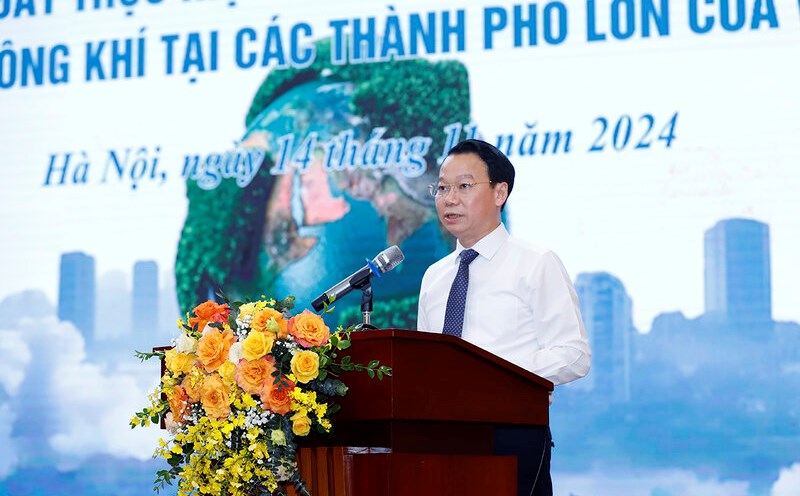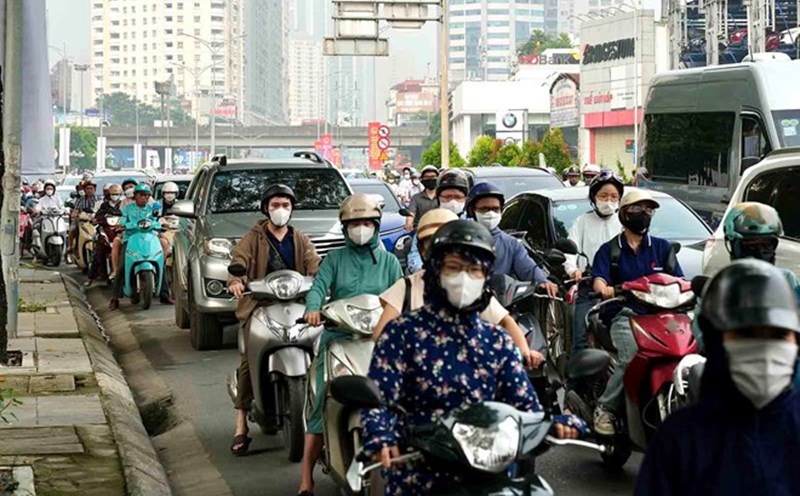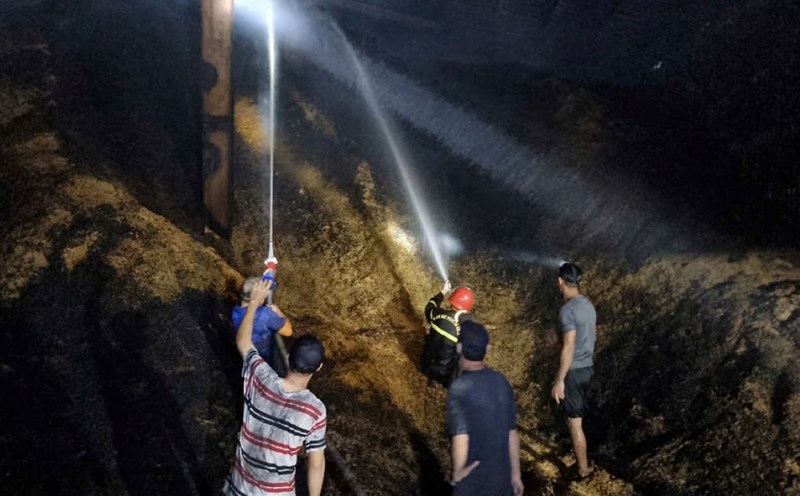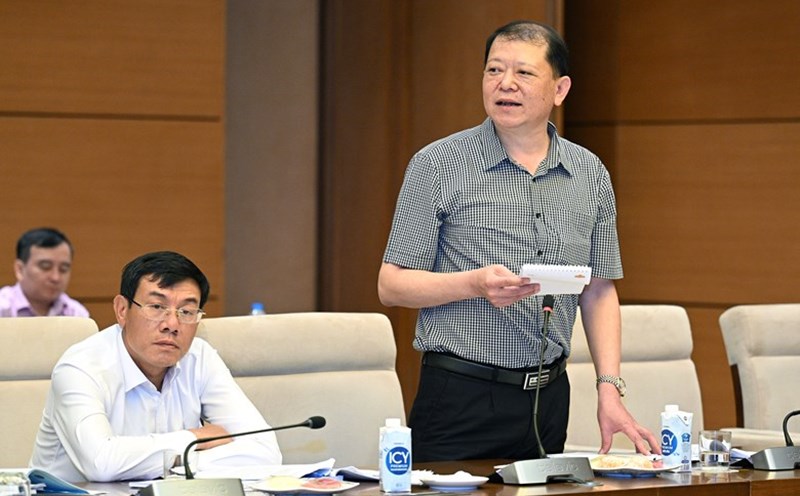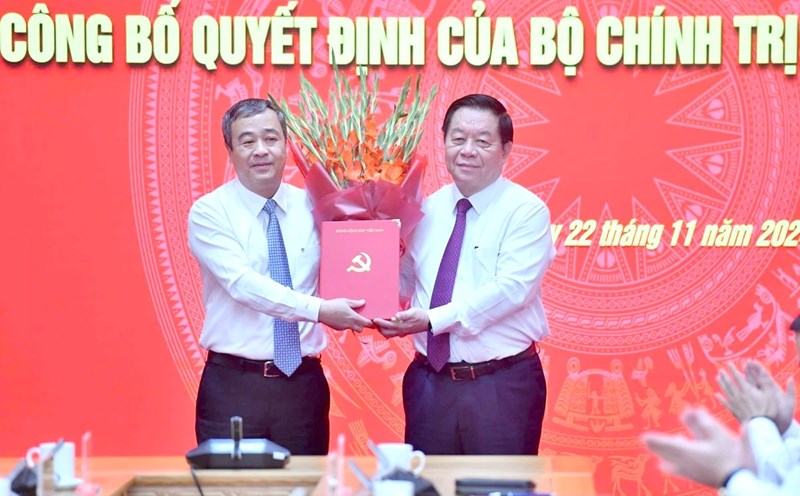AQI has 6 levels, red level shows index from 150-200: Everyone will be affected health, but sensitive groups will be affected more seriously. Everyone should avoid exposure to outdoor environment.
So these days, Hanoians often feel short of breath and tired all day, especially when waking up. Not to mention fine dust, also known as PM2.5. The PM2.5 concentration in Hanoi is currently 20.9 times higher than the value according to WHO's annual air quality guidelines.
In Section 4 of the Recommendation issued with Official Dispatch 12/MT-SKHC in 2024, instructions on preventive measures and health protection when the air quality index is at the red level (AQI at 151-200):
For normal people, it is necessary to limit outdoor activities or participate in high-intensity physical activities. If you have to work or do outdoor activities, you should arrange and choose a time of day with less pollution, need to rest more, and perform activities with moderate intensity. Avoid activities in areas with high risk of air pollution.
If you have to travel, you should increase the use of public transport and limit the use of motorbikes and bicycles to reduce exposure to polluted air.
You should limit opening windows and doors when the air is heavily polluted, especially for families living near roads or areas with air pollution. Clean your nose and gargle with saline solution morning and night, especially after coming home from the street. You should wash your eyes with saline solution in the evening before going to bed.
For sensitive people, it is necessary to avoid outdoor activities or high-intensity physical activities. Monitor your health, if acute symptoms such as shortness of breath, cough, fever appear, you need to go to medical facilities immediately for examination, consultation and treatment.
Air pollution in Hanoi is not a new problem. Finding a solution to this problem has been a long-standing problem.
Recently, the Hanoi Department of Justice held a meeting to listen to the drafting committee of the draft regulation on the “Low Emission Zone” (LEZ) report on a number of issues regarding implementation, including the establishment of environmentally safe zones and restrictions and bans on vehicles. According to calculations, polluting emissions from vehicles currently account for 54-72% of the causes of air pollution in Hanoi.
According to the roadmap, Hanoi will pilot a low-emission zone model and limit polluting vehicles in the inner city from early 2025, moving towards stopping motorbikes in districts by 2030.
The city has set out six criteria to identify emission-restricted areas. According to these criteria, 12 inner-city districts including Ba Dinh, Hoan Kiem, Dong Da, Hai Ba Trung, Thanh Xuan, Cau Giay, Hoang Mai, Tay Ho, Long Bien, Bac Tu Liem, Nam Tu Liem, and Ha Dong will be located in the emission-restricted area.
In the immediate future, Hanoi recommends that districts ban the circulation of heavy trucks running on diesel, prioritize vehicles that meet Euro 4 emission standards or higher and meet the permitted emission standards according to regulations; restrict and charge fees for vehicles that meet emission standards below Euro 4 and do not meet the permitted emission standards according to regulations.
That is just one solution but we still have to wait and need other solutions to make Hanoi greener, cleaner and safer.


